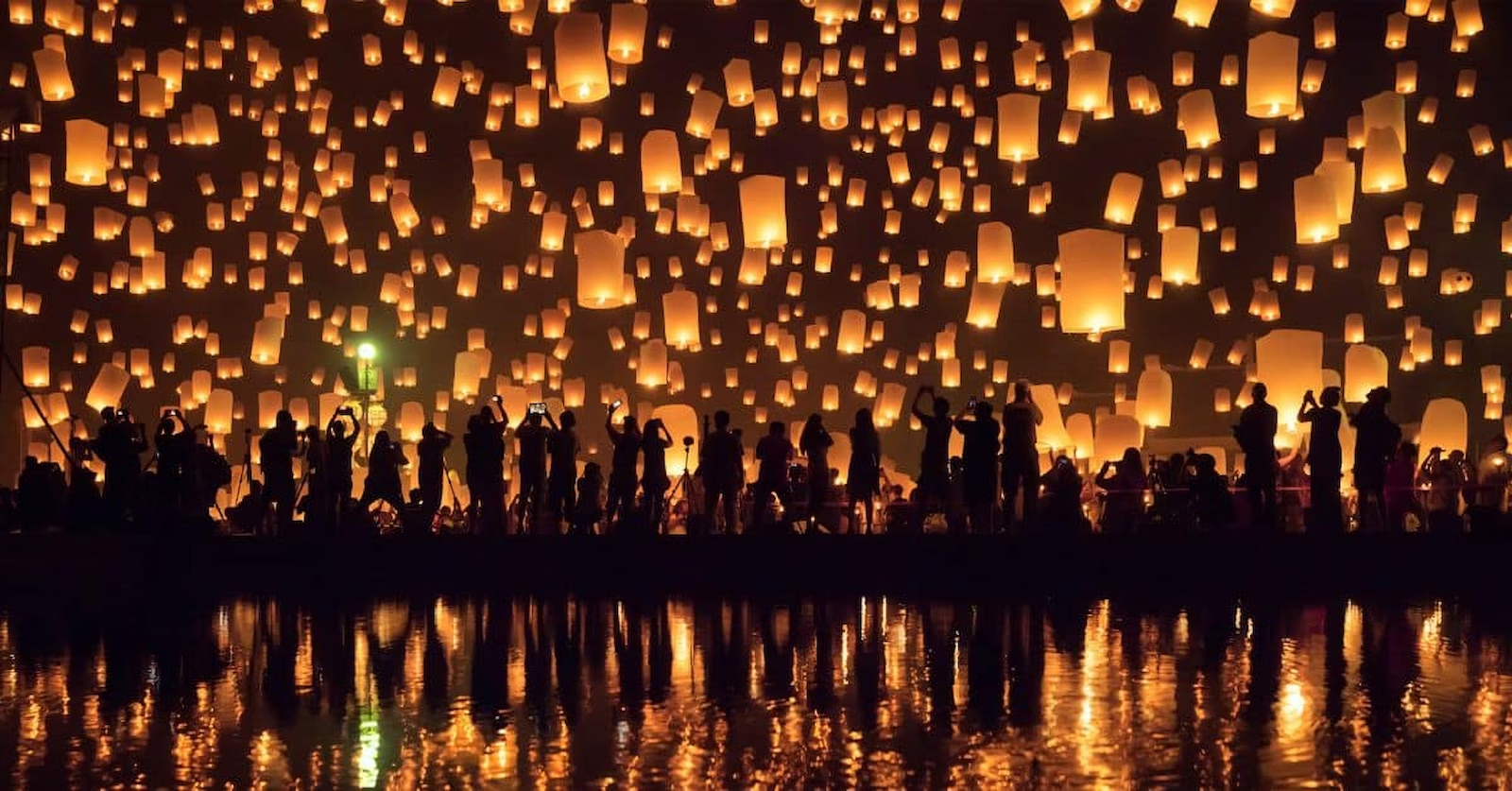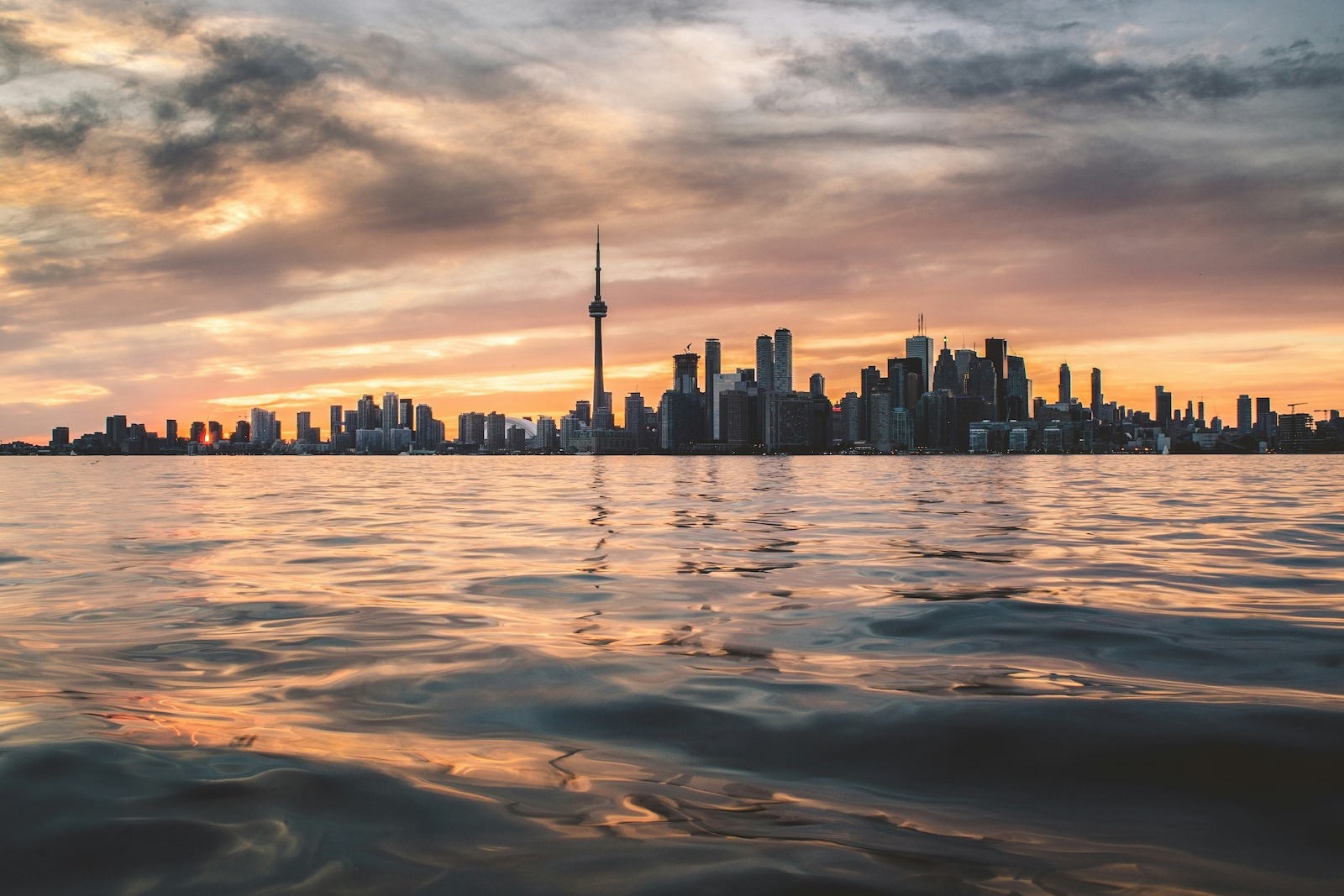This week was the Diwali festival of light, an exciting and important festival every year for Hindus, Sikhs and Jains. The festival takes place over 5 days of celebrations, usually involving parties, prayer, fireworks and delicious food. In this article, we take a closer look at this festival, and what makes it so important.
The festival takes place on different dates each year, during the Hindu Lunisolar month Kartika. However, it usually falls somewhere between October and November. The festival is a celebration of good triumphing evil, symbolised by the emphasis on light. Through the use of candles, lanterns and fireworks, light is brought into the darkness, and evil and ignorance cast out.

Day 1
Across the world, but in India in particular, the first day of the festival involves a rigorous clear out of the house, tidying, cleaning and dusting. The home is then decorated with diya meaning oil lamps or candles. The name Diwali comes from the Sanskrit word for ‘series of lights’, so candles placed around the home and in patterns on the floor is central to preparing for the festivities. The arrangement of materials into floor patterns is known as rangoli and can be done using various substances such as rice, coloured sand or petals. Rangoli is meant to symbolise strength, generosity and to give the maker good luck. On this day, families will also go shopping for new utensils, jewellery and fireworks as well as gifts, making it a fun, social occasion for the community to socialise in the market or high street, especially important for those in the Indian diaspora. In the evening, families offer prayers (puja) to Lakshmi and Ganesha.
For a relaxing ASMR-like experience, check out this soothing video of rangoli art

Day 2
This day is a day for purification of the soul, to liberate those suffering and pray for peace. It is also a big day for purchasing special festive food items, especially sweets. For this reason, it is particularly popular with children! Families will also visit other friends, exchange gifts and visit Hindu temples. For some, such as South Indian Hindus, people will also use this day to have a massage, and take a ritual bath, again preparing the body for purification and cleansing it of its sins.
For a tutorial on how to make traditional Diwali sweets, click here.

Day 3
This is the height of the festival, and usually marks the darkest day of the lunar month. Lights are placed everywhere around homes, streets and temples, bathing the street at night in a soft, beautiful glow. Young members of the family are expected to visit their elders, such as grandparents on this day, and business owners are expected to offer gifts or bonuses to employees. Shops are usually closed on this day as this is a day for family. In the anticipation for evening activities, the household is filled with an air of excitement, as the women of the family don their best outfits and jewellery. This usually entails wearing a bright colourful sari with rich jewellery such as necklaces and bangles.
As the sun finally sets, families gather to pray to Lakshmi and other deities, and those by a river will set their lamps adrift to float downstream. Lakshmi is welcomed into their cleaned homes and in exchange, she offers happiness and success for the year. In some communities, such as the Bengali Hindus, the goddess Kali is prayed to, rather than Lakshmi.
Check out this vlog of Diwali celebrations in Udaipur for beautiful visuals.

Day 4
On the fourth day, the bond between wife and husband is celebrated, drawing on the tale of Shiva and Parvati. Husbands will offer gifts to their wives, and new spouses of children are ceremoniously welcomed into the family.

Day 5
The final day of the festival is devoted to sisters and brothers, celebrating their bond. Brothers are expected to travel the distance to meet his sister and her family and have a meal together. Women perform a puja (prayer) for their brother’s wellbeing and feed them by hand, as well as receiving gifts.
Understandably, Diwali was celebrated differently in 2020, with many of the collective prayers and festivities having to occur over Zoom. However, families still got together to pray in their own homes and celebrate with one another. With things moving back to normal, why not time a trip to India with this incredible festival? See the city streets at their most beautiful and take part in a wonderful celebration of goodness and spirituality.
Starting from Skratch? Here's a Few Tips to Get you Started:
https://explorewithlora.com/visiting-india-diwali/
https://www.onthegotours.com/India/guide-to-diwali-festival-of-lights










.avif)
.avif)


.jpg)


